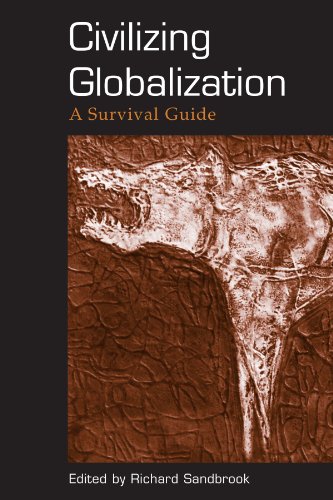- 2 402 202 книги
- Поиск
libcats.org







German Bodies: Race and Representation After Hitler
Uli LinkeGerman Bodies explores the cultural representations of German identity and citizenship before and after World War II, and offers a critical analysis of race, violence, and modernity in German history and contemporary German society. Uli Linke examines how Germans invested the body with meanings that had significance for the larger body politic and investigates how this fits within the larger consumer culture, social memory and the postwar democratization of the country.
The book is divided into three sections discussing different aspects of the German cult of the body: Aryan aesthetics, as in the postwar obsession with white nudity; blood aesthetics, as in the demonization of immigrants as a blood-contagion; and cultural violence, as in the images of genocide and dismemberment evoked in political protests during German reunification.
EPUB | FB2 | MOBI | TXT | RTF
* Конвертация файла может нарушить форматирование оригинала. По-возможности скачивайте файл в оригинальном формате.
Популярные книги за неделю:

Проектирование и строительство. Дом, квартира, сад
Автор: Петер Нойферт, Автор: Людвиг Нефф
Размер книги: 20.83 Mb

Система упражнений по развитию способностей человека (Практическое пособие)
Автор: Петров Аркадий НаумовичКатегория: Путь к себе
Размер книги: 818 Kb

Сотворение мира (3-х томник)
Автор: Петров Аркадий НаумовичКатегория: Путь к себе
Размер книги: 817 Kb

Радиолюбительские схемы на ИС типа 555
Автор: Трейстер Р.Категория: Электротехника и связь
Размер книги: 13.64 Mb
Только что пользователи скачали эти книги:

Studying at a Distance 2nd Edition
Автор: Christine J TalbotКатегория: Образование
Размер книги: 1.54 Mb

Civilizing Globalization: A Survival Guide (Suny Series in Radical Social and Political Theory)
Автор: Richard Sandbrook
Размер книги: 11.21 Mb

In Vitro Methods in Toxicology
Автор: C. K. Atterwill (editor), Автор: C. E. Steele (editor)
Размер книги: 17.26 Mb



